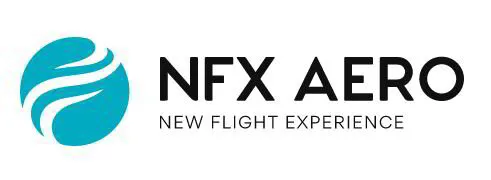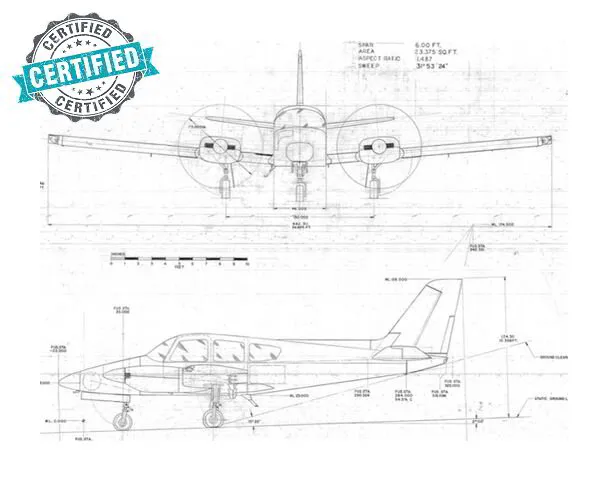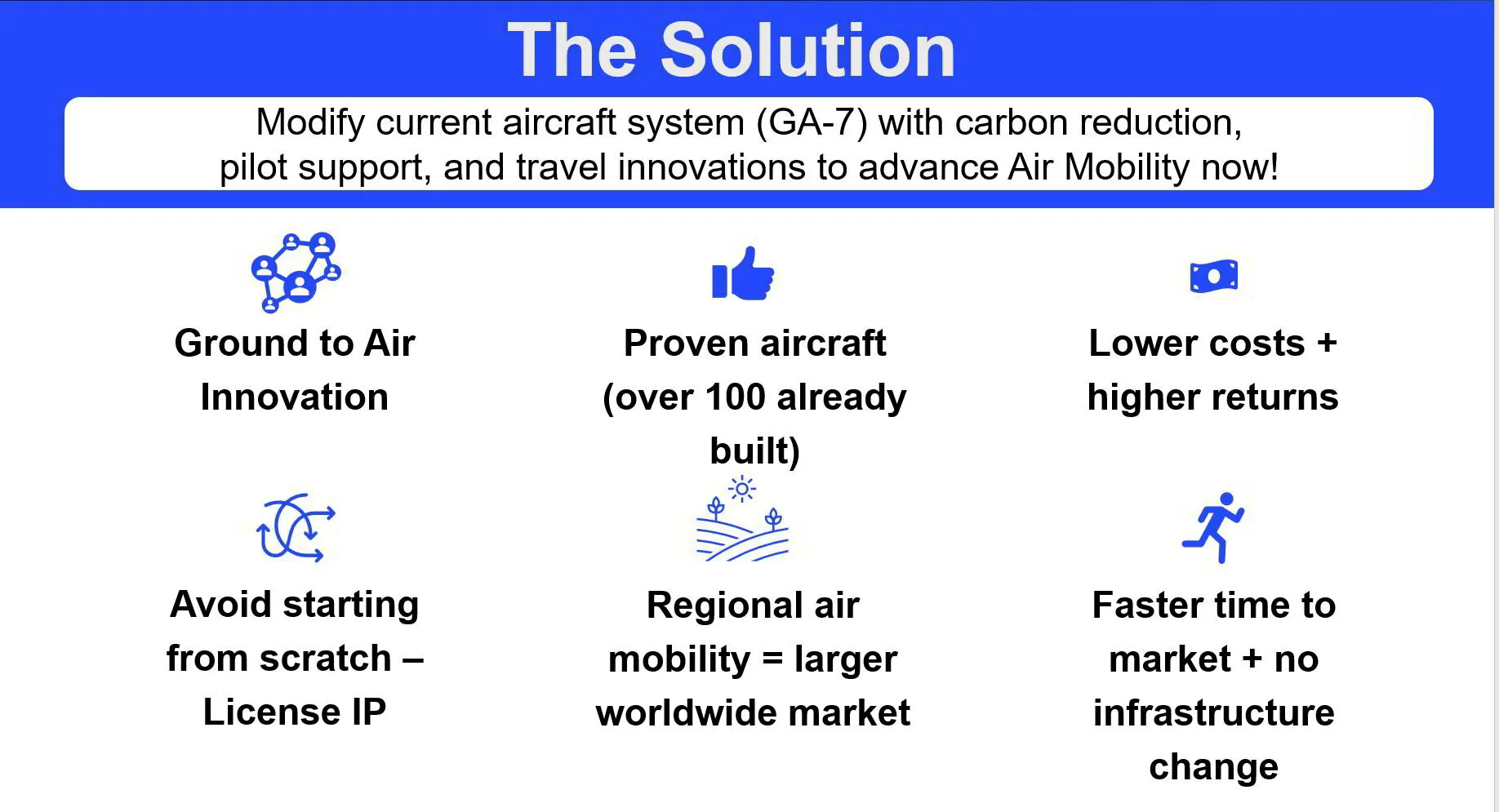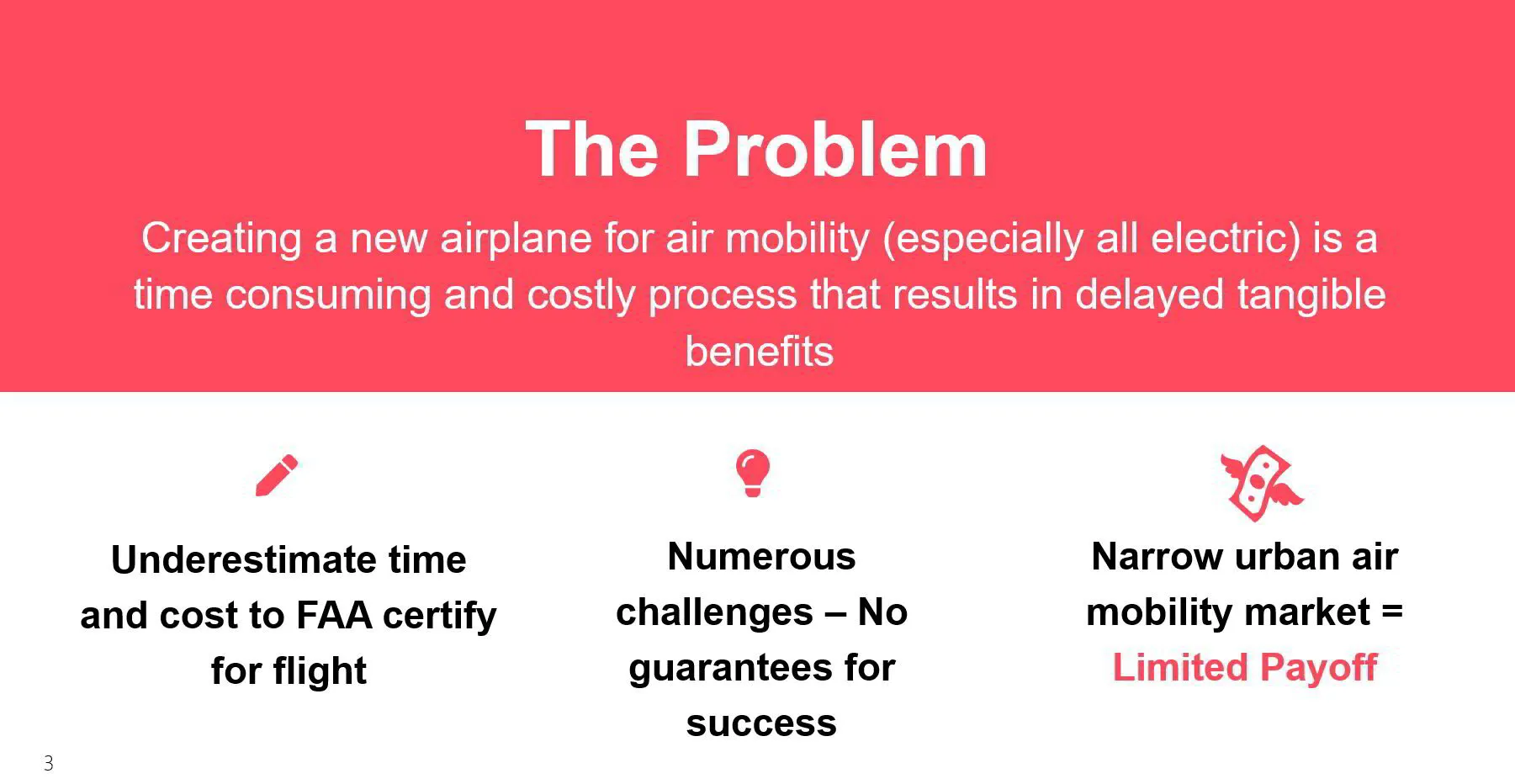Why License?
Certified for Airworthiness
The GA-7 (NFX Aero platform) is popular with an existing base of loyal owners and adoring fans based on its performance, low operational and maintenance costs, and superior safety record. This contrasts with investing substantial sums in developing an unproven aircraft design, with hopes that it will be reliable and successful in the future.
Significant upfront cost is required by a company to obtain a new aircraft type certificate in the general aviation category. These costs involve both direct investment monies along with the time associated to obtain the certification. The certification process involves a feedback loop composed of engineering, re-engineering, testing and validation of aircraft components and systems to meet standards. Additionally, the performance of the entire aircraft is evaluated to airworthiness standards. The process can involve extensive rework and the production of multiple aircraft prototypes.
It's been estimated that a conventional aircraft design (Like the GA-7) can often involve a minimum of 150 million dollars and 10 to 15 years to obtain an FAA type certificate.
Startup air mobility companies have found that new non-conventional aircraft designs are even more costly, risky, and time consuming to produce and certify. Up-front investment for electric and VTOL aircraft can easily run into hundreds of millions of dollars. Furthermore, such heavy investment cannot guarantee that the new design ever comes to fruition, will be certified, and can achieve success in the market.




